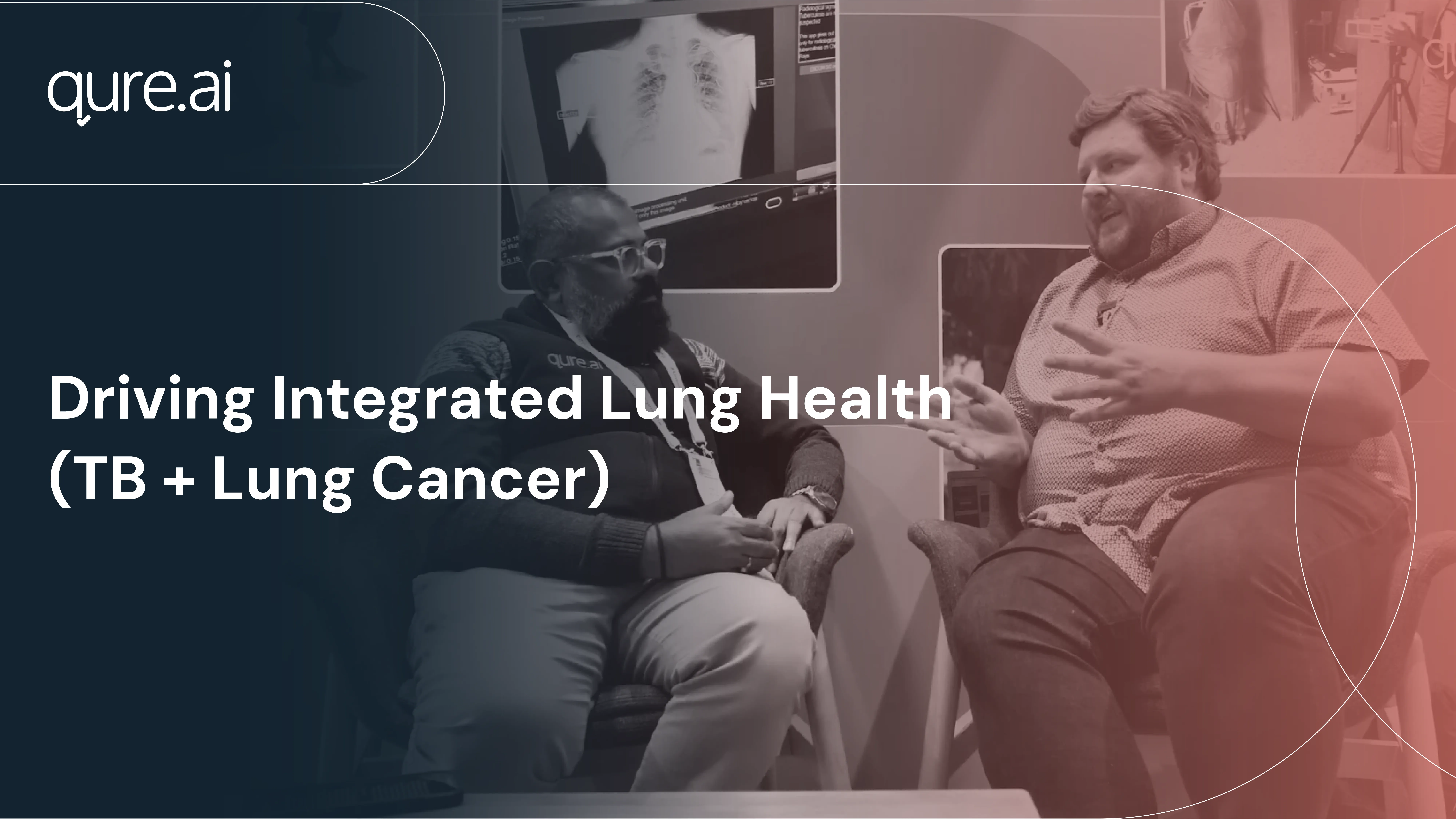Summary
Back
In a comprehensive discussion, Dr. Shibu Vijayan speaks with Andrew Codlin, M&E Director at Friends for International TB Relief in Vietnam, about integrating lung health care with AI-assisted chest X-ray technology. Their conversation spans the evolution of TB screening programs in Vietnam and the incorporation of AI to enhance early lung cancer detection alongside traditional TB screening efforts.
Key Points
Community-Based Screening Initiatives: Andrew shares his organization’s shift from traditional to AI-enhanced TB screening within the community. They have utilized a vast library of chest X-ray images to assist in early lung cancer detection through CAD (Computer-Aided Detection) systems, enhancing their ability to refer patients for further CT scans based on findings.
Challenges in Implementation: There were significant challenges in getting community acceptance for CT referrals, with many individuals declining further testing due to fear or knowledge of their cancer status. Despite these challenges, hospital referrals showed much higher acceptability.
Integration with Health Systems: The discussion highlighted the necessity of integrating new screening technologies within existing health systems carefully. This integration requires clear patient care pathways and an understanding of potential leakages in patient follow-up and treatment.
Expansion of Screening for Other Diseases: Beyond TB, the use of AI in screening has facilitated the identification of other potential lung issues, such as nodules that may indicate cancer, thereby broadening the scope of lung health care.
Conclusion
The conversation underscored the transformative potential of AI in improving TB and lung cancer detection in Vietnam. By leveraging existing TB program infrastructure and integrating AI technologies, Andrew Codlin’s team has not only enhanced disease detection but also set a precedent for the future of integrated health care. This model demonstrates a significant step forward in utilizing technology to extend care beyond initial disease targets, optimizing health outcomes on a broader scale.
